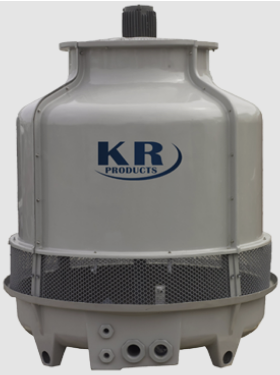The J bolt is a very specialized type of fastener that is most commonly found in construction as well as automotive applications. The bolt itself looks just like the name description with the bolt forming the shape of a J, just minus the bar across the top.
The larger the diameter and length of the bolt, the more the hooked part of J is pronounced, as this acts as the anchor in concrete or to hold something in place, such as a battery on a battery tray in a vehicle. In this case, the curved part of the bolt is on the bottom, and the nut goes on the top, securing the battery in place.
In concrete work, the hook can be used to catch rebar and hold the J bolts firmly in place. As this is done when the concrete is wet, once it dries the end of the bolt is left protruding and is used to secure walls in place.
General Design
The general design of all J bolts is similar. The hook or the lower part of the J will have an 180-degree curve or bend, but it can be more open or closed depending on the specifications for the project.
The curved part of the bolt is not threaded, only the flat, straight part of the shaft of the bolt will have threads. For easy starting of the nut, consider a slight taper or campher at the end to allow the nut to easily start even if there is a slight amount of grit on the bolt end.
Metal Options
Stainless steel is the most common choice for J bolts as this offers good corrosion resistance and strength. For additional protection, these bolts are often zinc coated, boosting their corrosion resistance and the life of the bolt.
The diameter and length of the bolts will need to be considered based on the specific application. For construction, specific requirements for all types of bolts and fasteners are provided by the American Concrete Institute (ACI).


